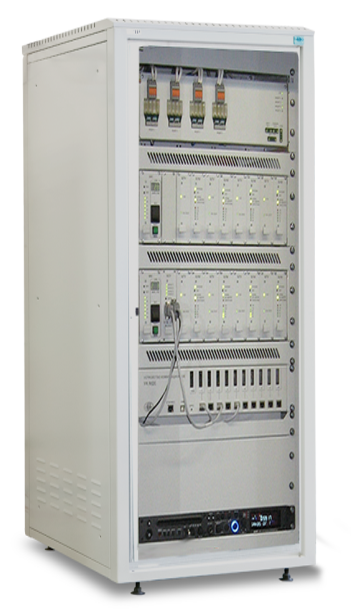Communication and Warning Systems [ Test ]
 |
|||
Purpose |
|||
| Creating of operational and technological communication systemson the railways, subways and other objects of transport and industry infrastructure. |
|||
Functions |
|||
» |
Organization of dispatch and overall technological communicationvia digital communication lines with E1 interface; | ||
» |
Organization of communication between dispatcherswith the unification of dispatching circles and engaging negotiation between dispatchers and subscribers of united circles; |
||
» |
Organization of tunnel communication via physical lines of symmetrical copper cable; |
||
» |
Organization of all types of intrastation communication; | ||
» |
Operation in modes such as the executive, regulatory, executive-regulatory stations; | ||
» |
Built-in system of monitoring and administering; | ||
» |
Extension of subscriber capacity by combining equipment via E1 channels. | ||
Loudspeaker warning and communication equipment |
|||
 |
|||
Purpose |
|||
| Organization of loudspeaker double-way communication, informing and warning of industrial plants, railway stations and other objects of transport and industrial infrastructure. | |||
Functions |
|||
» |
Loudspeaker warning and communication in accordance with priorities predetermined by configuration; |
||
» |
Loudspeaker warning from an external voice informer with priority of program setting; | ||
» |
Broadcasting of pre-recorded messages on command from the dispatch control panel or by an external control command; |
||
» |
Control of executive devices using “dry contacts”; | ||
» |
Extension of subscriber capacity and creation of distributed warning systems by combining equipment via E1 channels; |
||
» |
Organizing of a system of centralized informing, warning and double-way communication; | ||
» |
Built-in system of monitoring and administering. | ||
